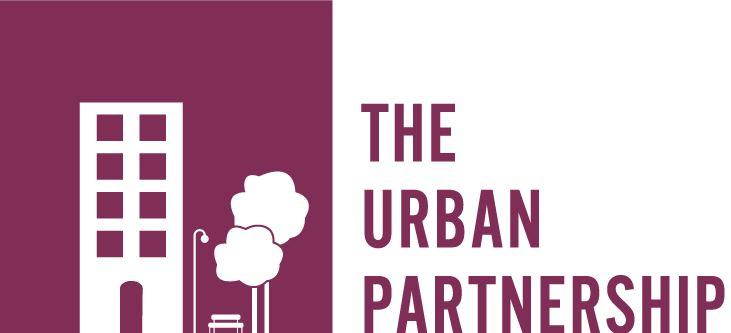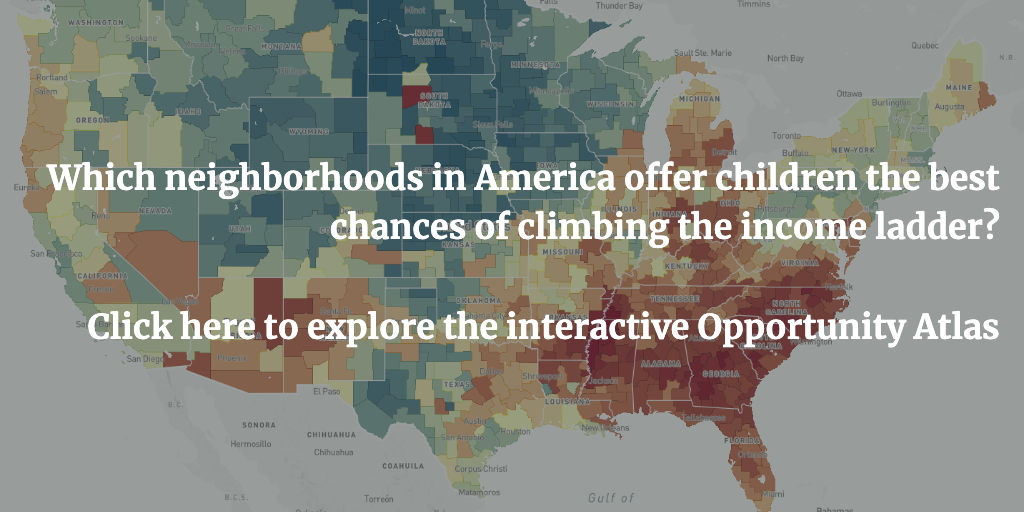Creating Communities of Opportunity
The name Raj Chetty isn’t yet a household name, except among a limited number of economists and a growing set of urban policy makers. For the last few years, he has been leading Opportunity Insights (formerly The Equality of Opportunity Project) at Harvard University, which has been undertaking long-range, comprehensive studies to map the roots of social mobility with the goal of helping low-income families rise out of poverty and achieve better life outcomes. He and his team were able to identify “high opportunity” areas, where children born to lower-income parents had the greatest chance of significant economic advancement, and other locations where the opportunities were extremely limited -- often neighborhoods in the same general vicinity and not necessarily visibly different. This work has drawn attention to the benefits of programs which allow families to move out of depressed neighborhoods into ones which afford greater opportunities.
His findings have given new focus to the importance of place. In the late 70’s and early 80’s, the failure of ambitious efforts like Model Cities and Community Development Corporations had caused urban policy experts to shift their attention more to investment in people, rather than place. This resulted in greater emphasis on programs such as the earned income tax credit, Section 8 housing vouchers, charter schools and education vouchers, etc.
At the same time, the positive results of some place-based programs like business improvement districts and main streets have been easy to observe. Washington, DC now has 11 BIDs and 22 Main Street programs. The success of these organizations and their coordinated efforts have contributed to a resurgence in many parts of the city. However, there is increasing concern that, while these efforts helped grow the city’s economy, they have not paid enough attention to the possibility of residential displacement which often follows the rising economic tide, and to making sure that the economic value generated by the place programs benefitted all city residents.
The most immediate implication of Chetty’s analysis is to provide greater impetus for the expansion of housing voucher programs, particularly tied to the average rental prices in choice neighborhoods. It also draws attention to the conditions in the neighborhoods where greater social mobility has been documented. While Chetty and his team have not identified with precision the factors responsible for the favorable outcomes in high opportunity neighborhoods, these areas are often characterized by a greater mix of incomes, higher average educational attainment by adults, more social cohesion and easy access to healthy food.
The analysis connecting life outcomes with specific neighborhoods documents that the longer an individual lives in a high-opportunity area while growing up, the higher his/her eventual income. Taken literally, the public policy conclusion could be that the solution to urban poverty and inequality is simply to move all low-income families to higher opportunity neighborhoods. Clearly, this would be economically and practically impossible, and in terms of community disruption, not desirable. There is some evidence that more comprehensive integration of governmental and social services, along with programs to promote residential inclusion and access to safe, affordable housing, can substantially improve the outcomes of an area and its citizens.
There are successful examples of bringing these new kinds of efforts to high poverty neighborhoods. Former Mayor of Atlanta Shirley Franklin has helped establish an organization called Purpose Built Communities, which now operates in over 20 cities in the United States. Its approach is holistic: focused on creating mixed-income housing, cradle-to-college education and community wellness. Here in Washington, the community engagement effort done in conjunction with the planning for the 11th Street Bridge Park has demonstrated that there is a readiness of citizens, nonprofit organizations and local government to become more engaged and to catalyze new investment, now totaling almost $60 million in the areas surrounding the bridge, while also taking important steps to prevent displacement of long-term residents and provide opportunities for improving their economic well-being.
We have seen the results of private investment in neighborhood revitalization when no major deliberate effort was made to retain long-term residents while creating new residential developments. Neighborhoods like Congress Heights and Anacostia are beginning to experience the same development pressures. Now appears to be the right time to learn from successes here and elsewhere and push for the development and implementation of comprehensive approaches to preserve the strengths of these and similar neighborhoods while accommodating the demand for new residences and businesses to achieve diverse, walkable, mixed-income communities, but it will not happen without a concerted and focused effort.



